Notes
The Drought Doesn't Discriminate by Class or Ethnicity: Balazs Gardi in the Central Valley
A couple days ago, I wrote about one of Damon Winter’s “divided” photos for the NYT. Shot in the Palm Springs area, the images — scenes of suburban sprawl etched against the desert as if in a face-off — convey the limits of development as well as the preciousness of water. It seems more visual stories and projects on the subject are surfacing every day. If that’s the case, though, I feel we’re only in the early stages of understanding how climate and ecological crisis imagery succeeds or fails.
Today I want to highlight another story from California, but mostly in terms of the visual politics of drought. The piece for MSNBC, “California Drought Creates Grim Ripple Effect” by Balazs Gardi and Shoka Javadiangilani, focuses on agriculture and the Central Valley. Just like Winter’s photos, this story follows in the wake of Governor Brown declaring a state of emergency and imposing consumption limits. If the images are effective in illustrating both cause and impact, they are interesting, too, in a more political way. After all the sensational and stereotyped coverage of the immigration issue, Gardi’s photos don’t just confound that narrative but parse Mother Nature from Beltway nature.
Simply observed, the images in this story illustrate how much the fate of the professional owners and managers and the Hispanic laborers in the Central Valley are inextricably tied. You could be talking about the palpable concern and fear of the ranchers at the cattle auction, many there because they are forced to sell. Or you could be describing the countenance of hungry and anxious farm workers at a drought-relief food distribution center in Huron. The point is that, in contrast to the hysterical border security and detention imagery fomented by Washington and often choking the news wires, the ecological threat actually develops an alignment across class and hue.
Of course, many of the images in the story are actually hard-baked reminders of the difference, photos of manual labor amidst parched fields driving home the grueling essence of farm labor. Still, on that bisecting political plane, it’s interesting how a photo, and a t-shirt like this levels the field, the crisis, in a phrase, turning growers and laborers into co-advocates. (And then, there’s the intimation how, in this suffocating drought, those drops could also be tears.)
You should see the complete story, also, for the way it depicts the nuts and bolts of moving and delivering water. Focused as I am on irony and symbolism, my attention fell on this piece of pipe. If few of us know what it’s like to farm, this object — as much as it approximates a hose — is not only something we can all relate to but practically feel in our hands. As much domestic as industrial, the photo makes the circumstances and the outsized scale of the landscape that much more relatable. Talking crisis, though, who out there is not familiar with that shape as a modern day conscience symbol and call to action? Akin to the lapel pin formed out of a piece of ribbon, that shape is responsible for raising awareness and support for everything from hostage groups to fight against cancer. Given the frightening loop both labor and management find themselves in in the Central Valley, perhaps those other adversities aren’t that dissimilar.
(photos: Balazs Gardi/Azdarya for MSNBC. caption 1: Buyers listen to a live auction for cattle at the Visalia Livestock Market in Visalia, Calif. on June 18, 2014. The drought forced many ranchers to sell off their livestock they could not sustain as the feed fell short. caption 2: People line up to get a number for the drought-relief food distribution in Huron, Calif. on June 18, 2014. Community Food Bank is targeting communities hit hardest by the consequences of the drought. High unemployment rates and extreme poverty are acute problems in the Central Valley and are not caused by the drought directly. However, fewer job opportunities worsen the struggle these communities face. caption 3: Hugo Santos waits for the start of the drought-relief food distribution in Huron, Calif. on June 18, 2014. Hugo wears a t-shirt he received while working at a ranch. Community Food Bank workers constantly monitor how many people attend their regular food distribution and boost aid when they notice a spike in demand. The drought-relief food distribution events come in addition to the periodical food distribution that is already serving impoverished communities. caption 4: Drip irrigation pipe at a newly developed pistachio plantation outside of Alpaugh, Calif. on June 16, 2014. With the promise of a hefty return investment groups develop large almond and pistachio orchards amid the historic California drought in the arid southern part of Central Valley.)
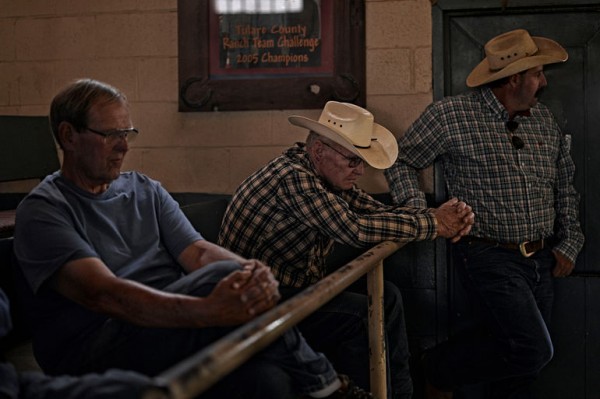
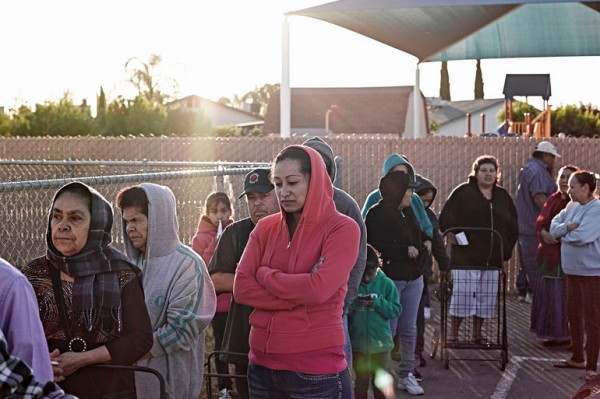
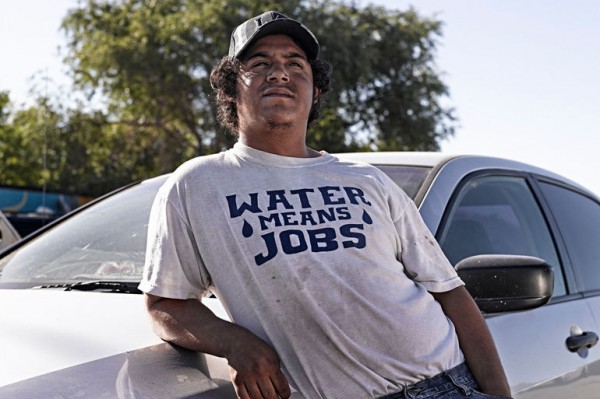
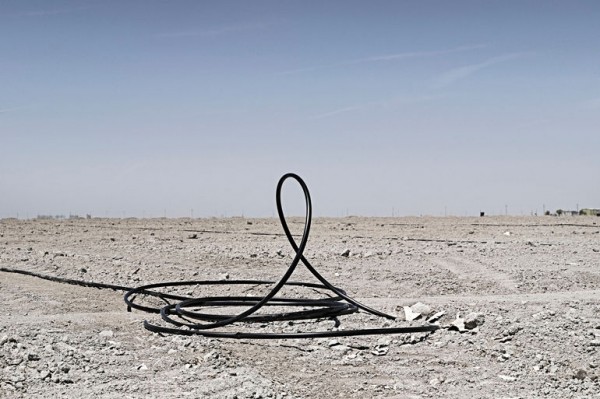
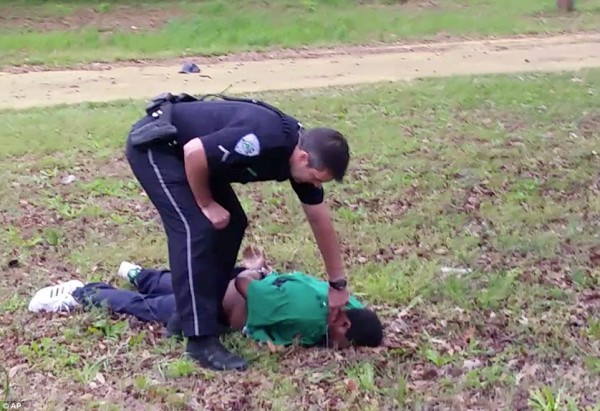
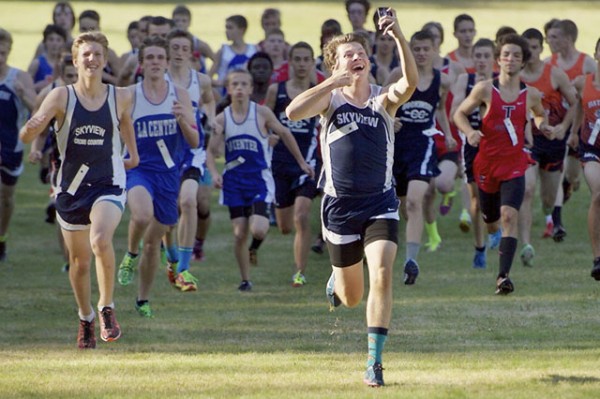
Reactions
Comments Powered by Disqus